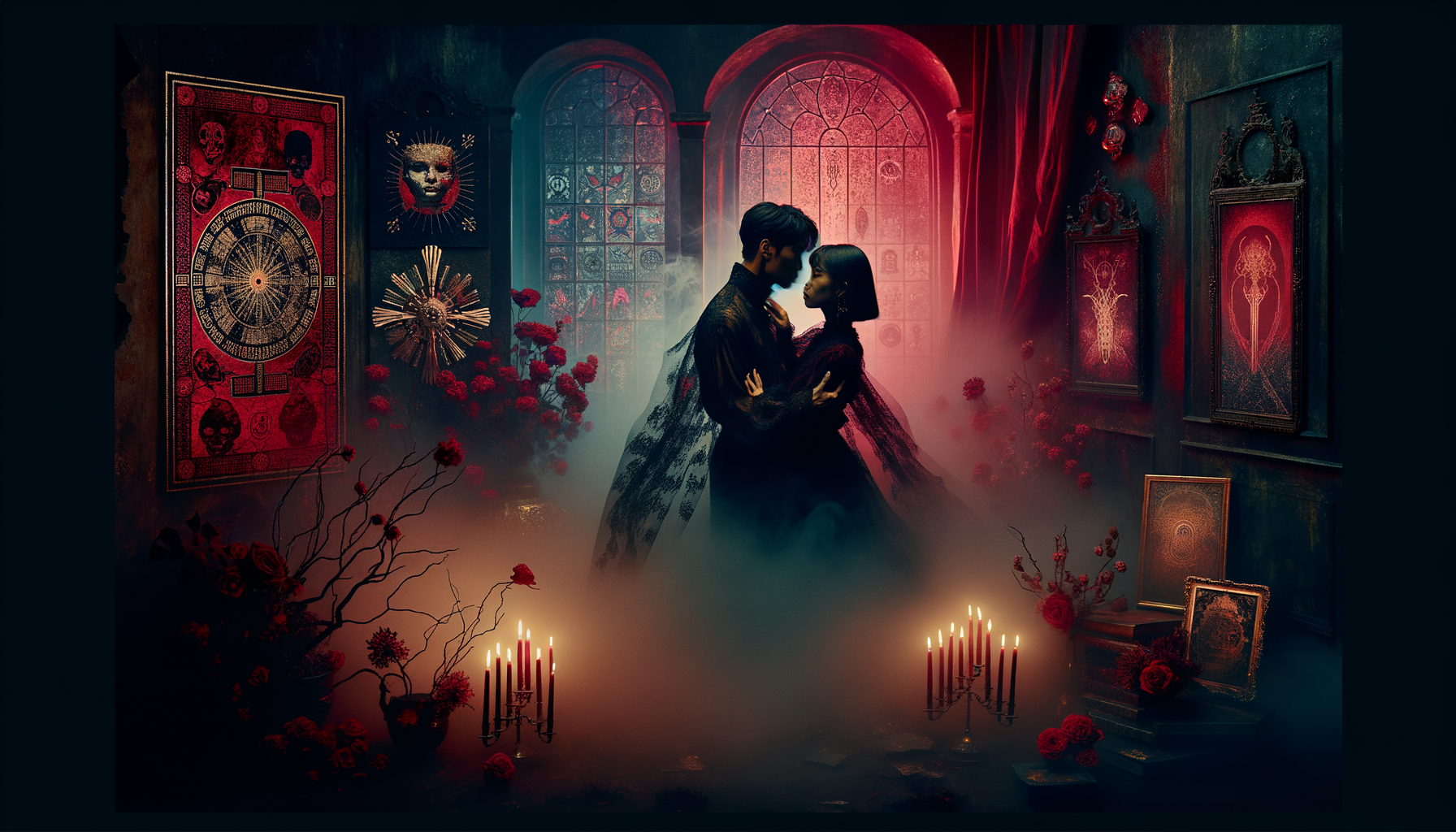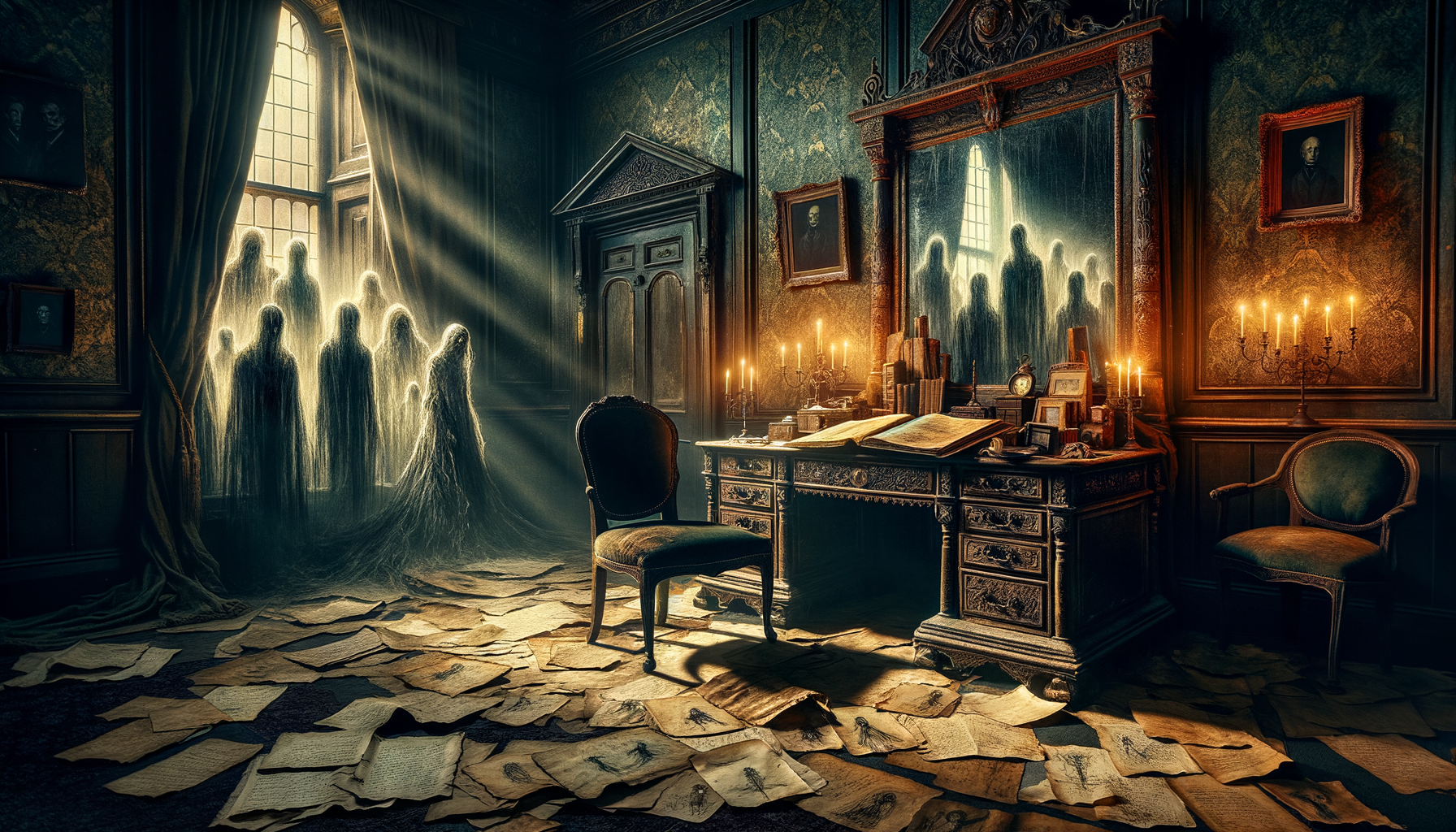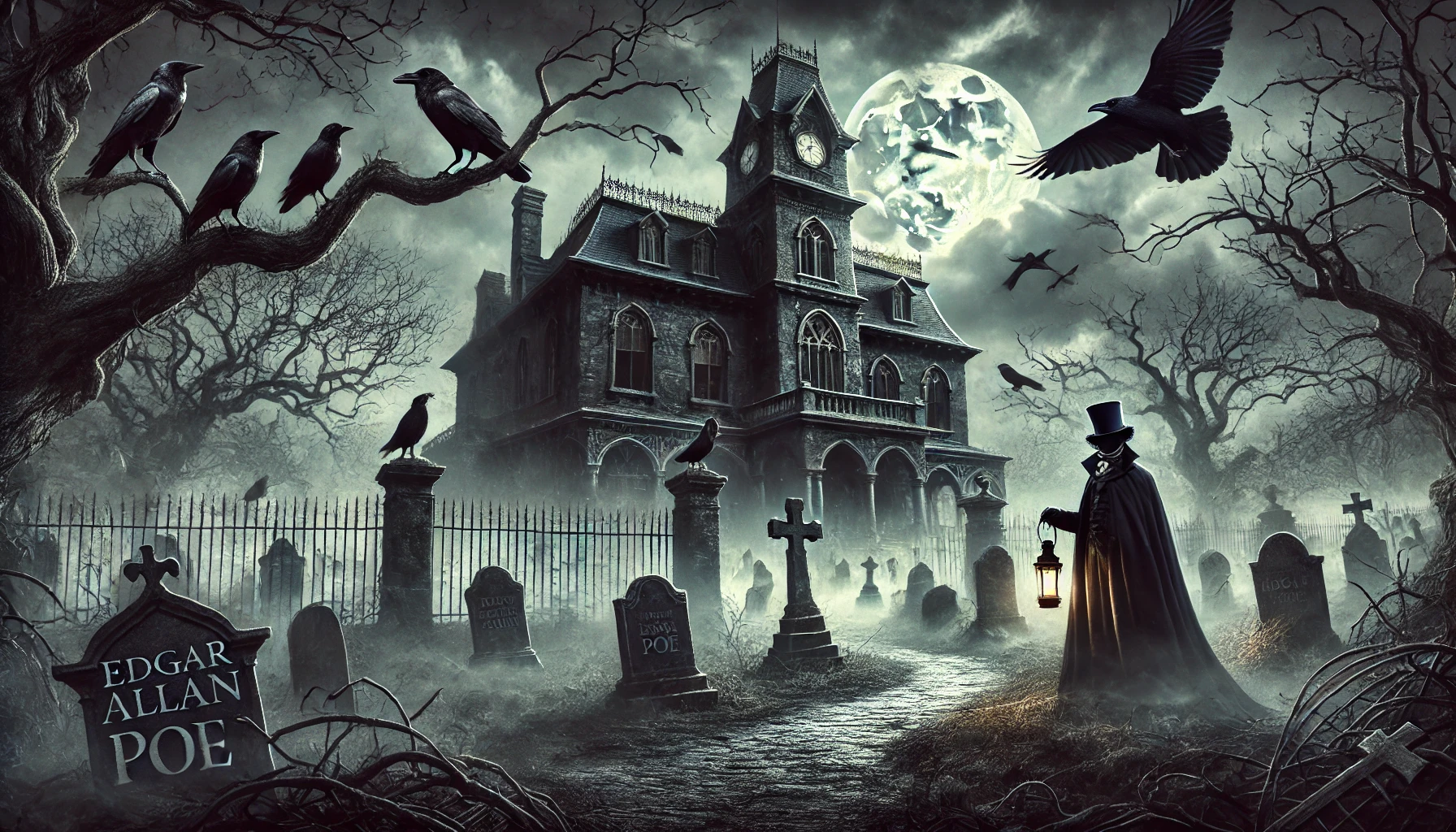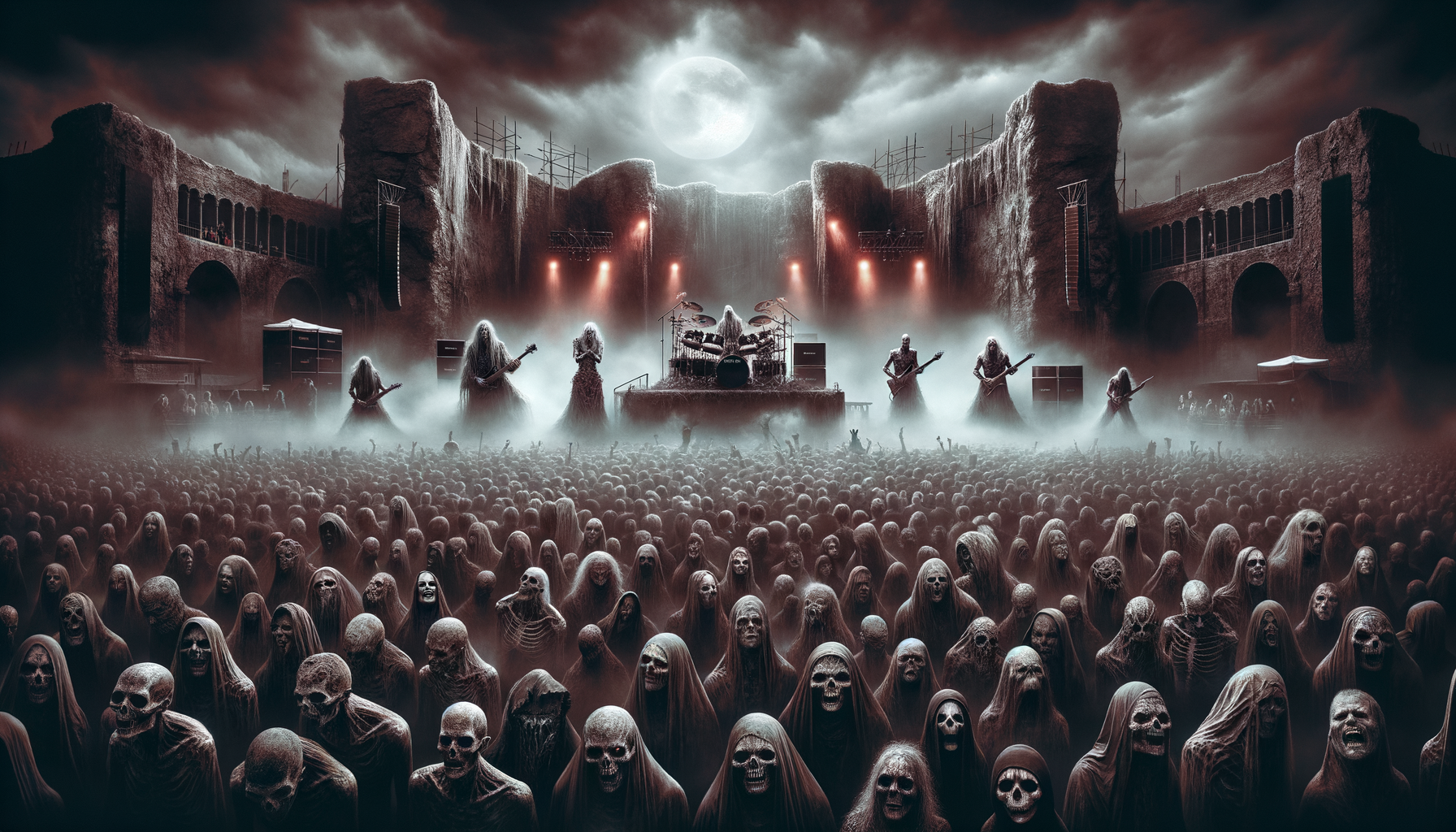Did you know that the allure of sex and the thrill of horror are deeply intertwined in our psyche? It’s true! From classic films to modern-day series, the combination of sexual tension and horror elements keeps us on the edge of our seats. But why does this blend captivate us so deeply? Let’s explore the riveting relationship between sex and horror and how it shapes some of our favorite frightful tales.
The Historical Context of Sex and Horror
Early Cinema and Literature
Let’s start by delving into the early days of horror films and literature, where sexual themes often played a crucial role. Take, for instance, the iconic works “Dracula” and “Frankenstein.” Both of these stories, written in the 19th century, were groundbreaking in their ability to weave sexual undertones into their narratives. “Dracula,” with its themes of seduction and forbidden desire, and “Frankenstein,” with its exploration of creation and the grotesque, set the stage for how sex and horror would be intertwined in storytelling.
Censorship and the Evolution of Horror
But it wasn’t all smooth sailing. Censorship has always had a significant impact on the portrayal of sex in horror. During the early to mid-20th century, strict censorship laws meant that filmmakers and authors had to get creative with their depictions of sexual content. Over the decades, as societal norms evolved and censorship relaxed, the portrayal of sex in horror became more explicit and complex. This shift also changed how the public perceived these themes, moving from scandalous to a more accepted part of the genre.
Psychological Underpinnings
The Role of Fear and Arousal
Why do fear and arousal often seem to go hand-in-hand? It’s a fascinating question that psychologists have explored for years. One theory is that both fear and arousal trigger similar physiological responses—like increased heart rate and adrenaline rush—which can make them feel interconnected. Essentially, our bodies can sometimes confuse the signals, making a scary situation feel thrilling and vice versa.
Uncanny Valley and Sexual Taboo
Then there’s the concept of the uncanny valley, which refers to the eerie feeling we get when something is almost, but not quite, human. This concept has a strong connection to sexual themes in horror because it taps into our deepest taboos and fears. Breaking these taboos, whether it’s through grotesque imagery or unsettling scenarios, can heighten the horror experience, making it more impactful and memorable.
Iconic Examples of Sex and Horror in Media
Classic Films and Modern Adaptations
When we talk about iconic horror films that blend sex and horror, “Psycho” and “The Shining” immediately come to mind. “Psycho,” with its infamous shower scene, and “The Shining,” with its unsettling sexual undertones, are prime examples of how these themes can be masterfully integrated. More recent films like “It Follows” and TV series like “American Horror Story” continue this tradition, using sexual themes to add layers of complexity and fear to their narratives.
Literature’s Contribution
Literature, too, has made significant contributions to this blend of sex and horror. Authors like Stephen King and Anne Rice have crafted stories where sexual themes are integral to the horror. King’s “It” and Rice’s “The Vampire Chronicles” are perfect examples. Literature often has the advantage of delving deeper into characters’ psyches, making the sexual themes more nuanced and psychologically complex than in films.
The Impact on Modern Horror Culture
Influence on Contemporary Storytelling
Today, the blend of sex and horror continues to inspire writers and filmmakers. Contemporary horror often explores themes like sexual identity, consent, and power dynamics, reflecting current societal issues. This blend has become a popular trend, evident in films and series that focus on the darker aspects of human sexuality as a source of horror.
Viewer and Reader Perception
Finally, let’s talk about how audiences respond to this combination of sex and horror. Viewer and reader perceptions are heavily influenced by cultural and societal norms. What might be shocking or taboo in one era can become more accepted in another. This evolving perception allows creators to push boundaries and explore new ways to terrify and titillate their audiences.
In summary, the intersection of sex and horror has a rich history and continues to evolve, shaped by psychological theories, societal changes, and creative storytelling. Whether it’s through the lens of early cinema, modern adaptations, or literature, this blend remains a compelling and provocative aspect of the horror genre.
Conclusion
From the shadows of forbidden desires to the thrill of the unknown, the connection between sex and horror continues to captivate and terrify us. Whether you’re a fan of chilling novels or spine-tingling movies, recognizing this underlying blend can deepen your appreciation of the genre. So, the next time you watch a horror film or read a spooky book, pay attention to how the sexual elements add to the tension. Happy haunting!




